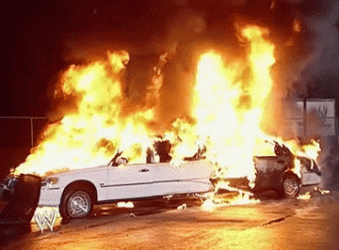Imagine you have a cylindrical vessel with a capacity of one liter. You put a lid on it and seal it. Then you add air, up to a pressure of 12psi. By what factor have you increased the amount of air in the vessel?
So now imagine you have a two-liter internal combustion engine. You turbocharge the engine and the turbocharger provides a maximum of 12psi boost. The engine will now "act like" it has a displacement of greater than two liters...but how much greater? Is it effectively a three liter engine? Four?
That's the question.
So now imagine you have a two-liter internal combustion engine. You turbocharge the engine and the turbocharger provides a maximum of 12psi boost. The engine will now "act like" it has a displacement of greater than two liters...but how much greater? Is it effectively a three liter engine? Four?
That's the question.

